Creating a D&D campaign is a long process, in this part we will discuss the first step: getting ideas.
We all know that premade campaigns or adventure modules are very well planned, have a logical sense and backstory, and provide great value, since they’re designed by a team of many proffessional people, but they’re a bit expensive and will limit you, in the way that you don’t get the chance to be creative.
Personally, I think that the best official D&D 5e modules are Curse of Strahd and Princes of the Apocalypse.
Anyways, this article is about creating campaigns and when you create a campaign, you don’t come up 100% with new ideas for everything because there’s already a system defined for races, classes, weapons, and everything else (unless you’re 100% Homebrewing).
The world they exist in, can be all yours, though. It can be totally invented by you, or it can be based in other ideas you get from movies, TV series, books, and modified to fit your own likings.
Throughout this article, I’ll use Tolkien’s “The Hobbit” to make reference on things, with this format.
Note: This is part 1 of my “How to Create a D&D Campaign Series”! I’ll be posting more, soon. Subscribe to my mailing list on the right sidebar, to keep in touch 😉
1.- Start With Simple Ideas
Run through ideas in your head & dismiss the ideas you really don’t like.
Even though some ideas might be fun for some players, they should just be taken into consideration ONLY if they are fun for YOU.
Why? Because if they aren’t, they won’t be fun for your players either, since you’ll feel bound to run them and your players will notice (and there’s nothing worse than a DM that feels obliged to run a game).
As a DM, you should be totally happy with the game you’re running!
As since it’s your energy and enthusiasm that’s transmitted to the rest of the players. It’s like talking about your favorite movie or hobby: you can surely can speak about it for hours, because that’s what you love 🙂
So, again, it’s your campaign; make it something you really like.
To start getting ideas, the first thing I recommend you do is, grab a notebook and brainstorm!
You should get an idea about how you’d like your campaign to look like.
Be sure to think about: what kind of information will they get when they “arrive” into your world? Will they be free or constantly pushed to act and do things? Is there something bigger going on?
The Hobbit – General Information:
- There are many cities around Middle Earth, many races live somewhat peacefully.
- There are wild animals, monsters, and many races all over the world.
- There’s a lot of backstory (and lore) and cultural importance and a “quest” to be completed: recovering Erebor.
First of all, having a vague idea is okay for this stage, be sure to base your ideas on a world or story you like and try to see how the ruleset would adapt.
Then, throw some ideas of how the world behaves: are there ruffians constantly attacking? Is there a lost item that has a lot of importance? Are there unknown places?
The Hobbit – World Behavior:
- Smaug is the “King under the mountain”.
- There’s a rivalry between Dwarves and Elves.
- Hobbits don’t tend to travel.
- Mirkwood Forest is obscure and big.
After you’ve done all this, ideas will be floating in your head (or notebook), and now you have to start giving them life.
If you’re the type of person that likes to take notes manually, then I recommend you get an Everlast Notebook.
The Everlast Notebook is a notebook that can be erased and re-used infinitely.
Basically you can buy one and use it for your D&D campaigns forever! If you’re a DM you can store all your precious campaign information, as well as magic items, notes for you when DMing, and much more.
2.- Brainstorming Process
Draw a map and write an introduction.
…A very simple one, like this:

Whatever you draw should be signifficant.
For now, you don’t need to map out every city or village in your world; just the most important places.
The Hobbit – Important Places:
- Erebor
- Lake-town
- Hobbiton
- Mirkwood
- Misty Mountains
When you’re drawing places and writing an introduction, you’ll get many more ideas and you should start connecting them to places and reasons to why everything behaves like that or what happenned there. That leads the players to sidequests and interesting stories and character development opportunities.
In order to get more ideas, you can “steal” elements from games, stories, movies or books you’ve read and re-skin them, to fit your story, or to give life to your world.
Say, you can like the idea of “Smaug is controlling an old Dwarven keep”. You can reskin it to “Some big troll is now hiding in some cave”, and there you have a nice and interesting quest.
Don’t ever forget that the most important thing is to make everything fit and have a logical reason: Why is the troll living there? What made him visit that place? Is there anything special that lives inside?
Also, another important thing to note, and have in mind is, how do those special places impact the cities/world?
Are they infested with monsters? Do they serve as hideouts for bandits? is there some kind of religious ritual that happens there once a year? and Why?
Again, you don’t need to have the world complete, it’s just an idea, then you go expanding it, like a spider web, start small and keep it up!
Conclusion
Creating a campaign is quite a long but enjoyable process. The most important thing is that you, the creator, have fun while doing it and get the chance to design whatever is on your mind and develop your creative skills while doing it!
Just remember to keep it simple, take many ideas from many sources and have fun in the process.
This is the first part of my “How to Create a D&D Campaign Series”. I’ll be posting more, soon!
Follow me on Facebook & Twitter to keep in touch and be notified whenever a new post goes live!
This blog post might contain Amazon affiliate links. If you buy an item, Amazon will pay me a small percentage of what you pay for your produc. In that way, you’ll be helping sustain my blog and ensure these useful posts keep coming. Much appreciated!
Also, if you have any question or would like to add anything please leave me a comment in the comment section down below. I’ll reply ASAP!




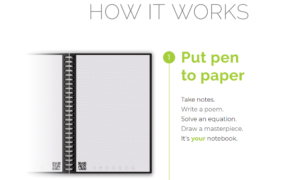



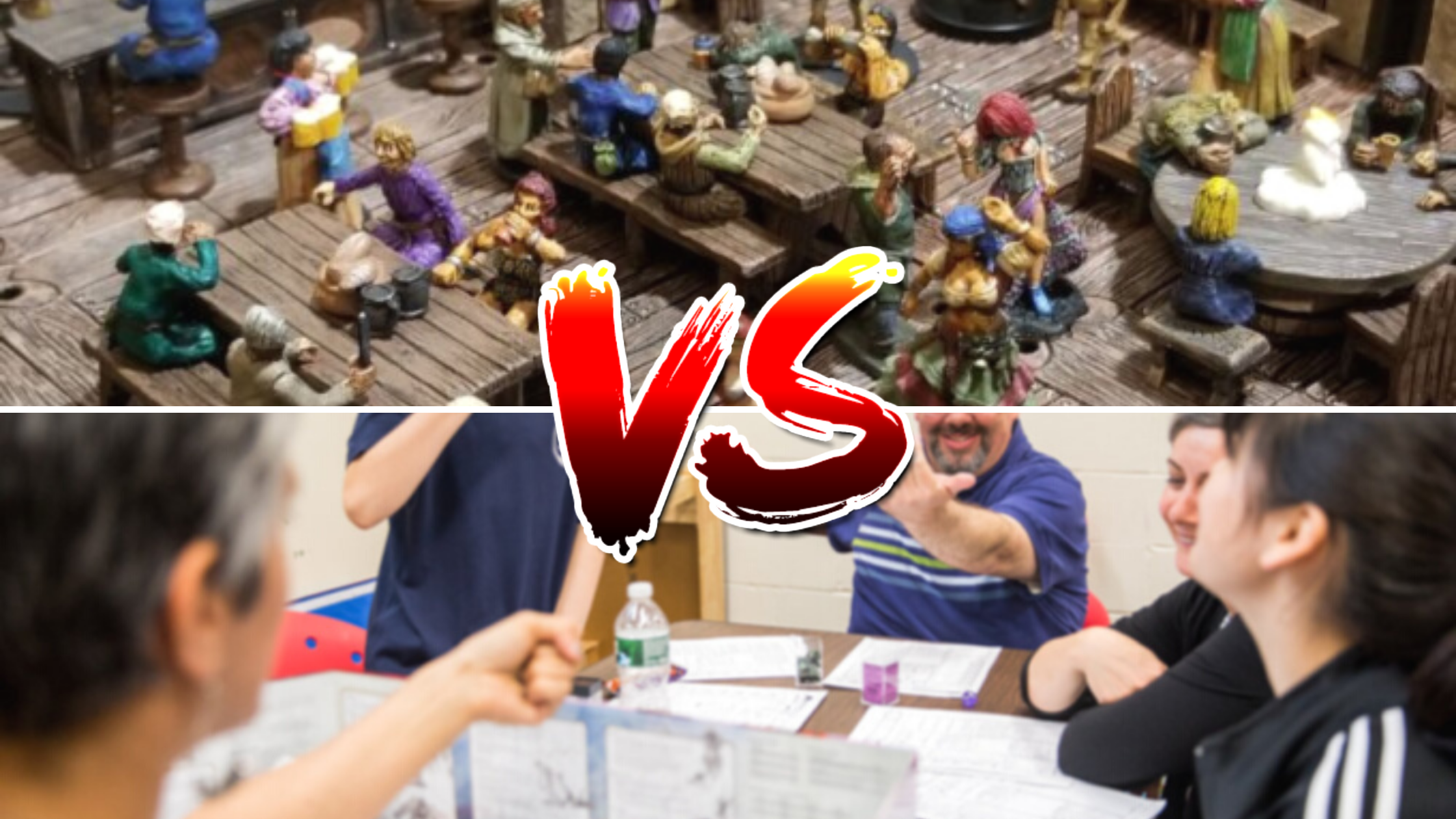
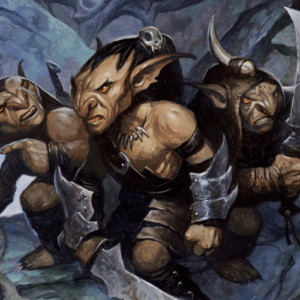
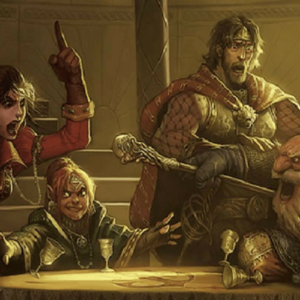

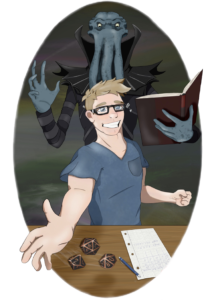
Leave a Reply